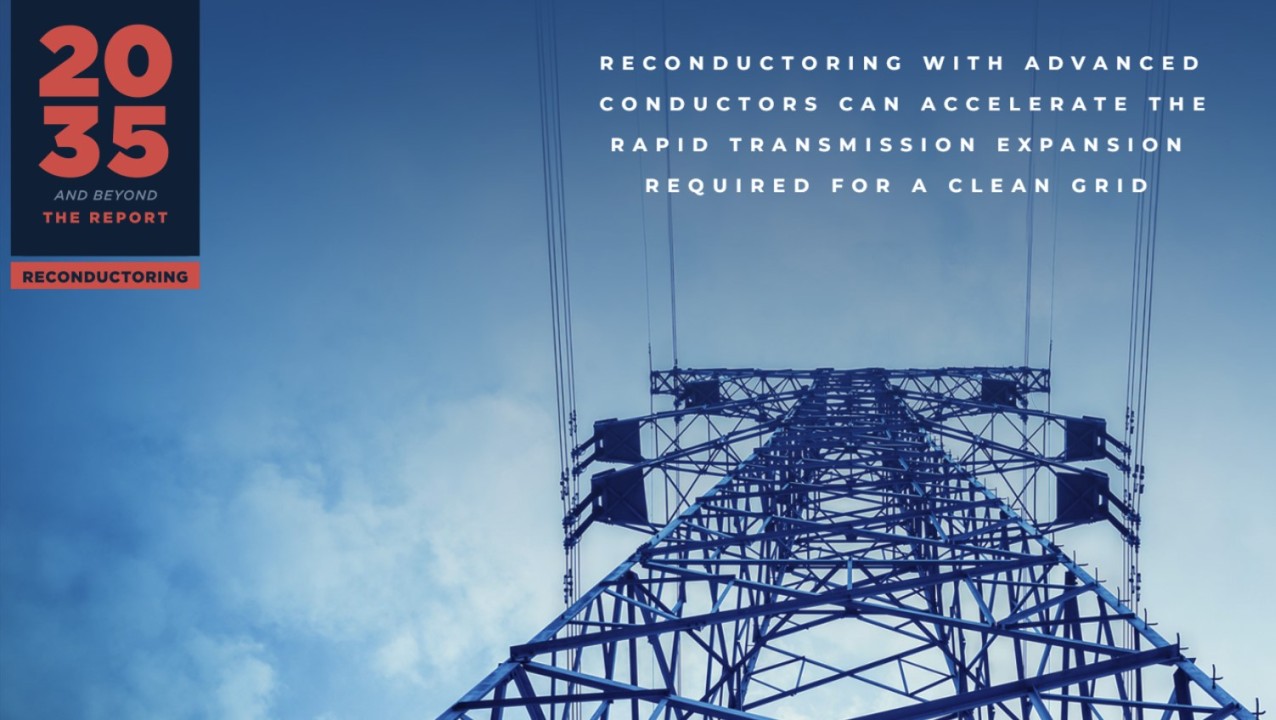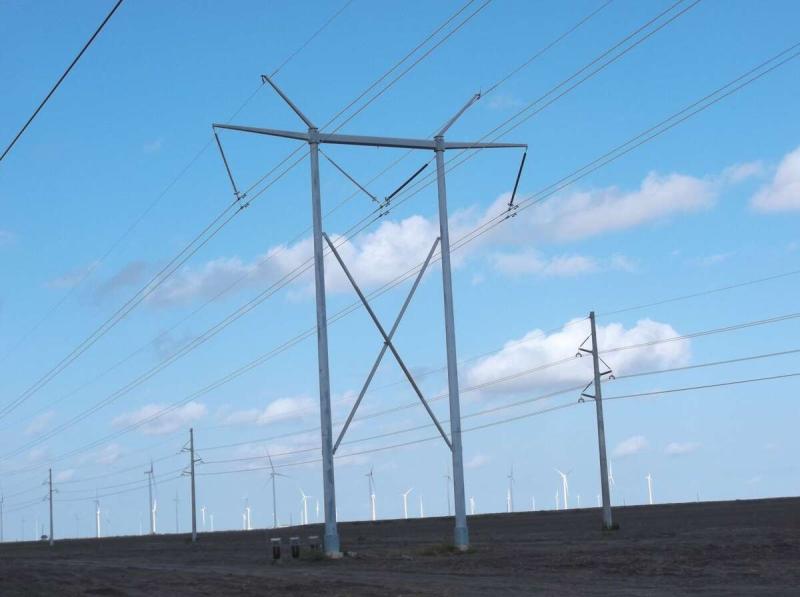Regulators, grid operators, generation companies and transcos can work together to leverage CTC Global ACCC Conductor technology technology to increase grid efficiency, capacity and reliability – in parallel with reducing emissions associated with climate change.
In 2003, the north eastern United States and eastern Canada experienced the third most severe blackout in history. Millions of people were impacted. The economic loss was estimated at 8 to 10 billion dollars. While inaccurate telemetry data, poor communications and computer glitches set the stage, at the end of the day it was excessive conductor sag that led to the massive cascading outage.
In 2004, CTC Global introduced a high-capacity low-sag conductor known as “a-triple-c.” ACCC leveraged the high-strength, light-weight and dimensional-stability of carbon fiber composites to mitigate conductor sag. During the same timeframe, the cost of electricity in the north east was at an all-time high. This wasn’t due to the high cost of fuel, it was due to grid congestion. Residential, commercial, and industrial consumers paid billions of additional dollars every year for electricity as the congested grid was unable to allow access to the least expensive and cleanest sources of generation.
The ACCC conductor not only offered a means of preventing sag-trip outages, it also provided a technology that could be used to eliminate grid congestion as the ACCC conductor can safely carry twice the current of a conventional ACSR steel reinforced conductor. Since that time, in many cases, new lines didn’t need to be built because the ACCC conductor could be installed on existing structures without modification.
In addition to the ACCC conductor’s ability to protect the grid from sag trip outages and reduce costly grid congestion, the ACCC conductor also offers the lowest electrical resistance of any conductor on the market today. The ACCC conductor’s lower resistance translates into reduced line losses. This reduction typically ranges from 25 to 40 percent or more, depending upon circuit loading. Reduced line losses not only serves to reduce fuel consumption and associated emissions, it also frees up generation capacity that is otherwise wasted.
If we consider a 62 mile line or a 100 kilometer circuit, with a load factor of a conservative 53 percent, and a peak load capacity of 1,600 amps – with a typical Drake size conductor, the ACCC conductor would reduce line losses by nearly 73,000 MWh every year. If the cost of electricity was only five cents per kWh, this would translate into a savings well over three and a half million dollars per year or $70 million dollars during the first 20 years of service. If the generation source happened to be coal fired, this would equate to a reduction in CO2 emissions of over 250,000 metric tons per year. Considering the typical car in the US emits 4.75 tons of CO2 annually, this would be the equivalent of taking nearly 53,000 cars off the road – just by upgrading an existing 62 mile line.
In this scenario, the reduction in line losses would also free up nearly 29 Megawatts of generation capacity. To put this in perspective, the cost of reconductoring a 62 mile line with ACCC conductor would be about $7 million dollars. Approximately half of this would be the conductor cost and the other half would be installation and hardware costs. Considering line loss reductions alone (at 5 cents per kWh) the project would pay for itself in the first two years of service and the net benefit over the following 18 years would be a savings of $63 million dollars. This doesn’t take into account the additional earnings that could potentially be realized for delivering up to twice the power. Additionally, as the installation of the ACCC conductor would free up nearly 29 MW of generation the $7 million dollar investment saved $29 million dollars in generation investment assuming a cost of $1 million per MW.
While utilities worldwide have spent billions of dollars improving the efficiency of generators to reduce operating costs and manage fluctuating fuel prices; and spent billions more supporting the deployment of more efficient demand side appliances to defer new generation investment, improving the efficiency of the grid itself has not been a primary focus in the past. In the US, this is primarily due to the fact that we only lose about 6 percent of all electricity generated to T&D losses and the costs are simply passed through to the consumer.
While 6 percent seems like a rather small number, it’s actually a very big number when you consider how much energy we consume every year. Worldwide, nearly 20 Trillion MWh are used annually. In countries such as India, where T&D losses are well over 20 percent, the problem is obviously much more severe.
With the installation experience of well over 40,000 kilometers of ACCC conductor at over 400 project sites in more than 40 countries, CTC Global can help stakeholdersincrease grid efficiency to sustainably power our world. For more information, please visit www.ctcglobal.com






